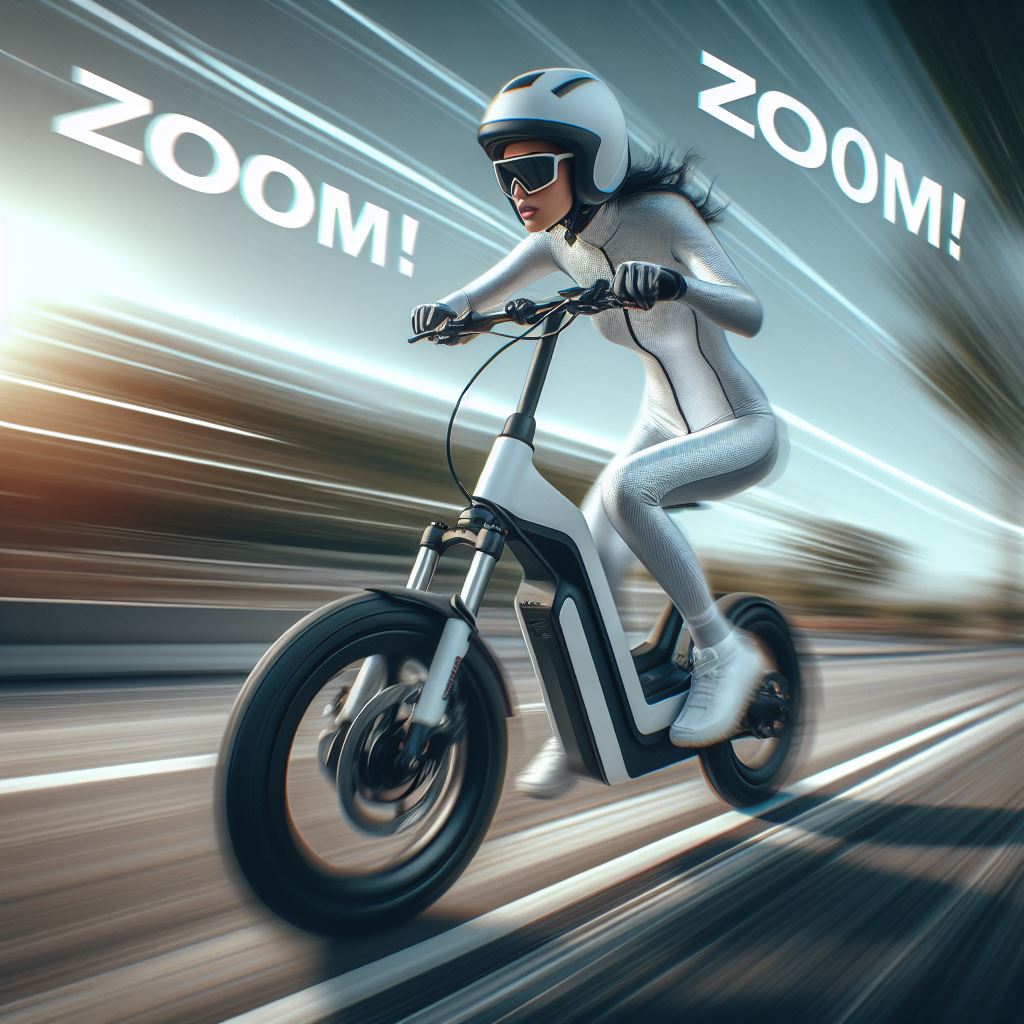
Understanding Ebike Laws:
Where Can You Ride Fast Electric Bicycles? Ebikes enable you to ride faster and farther with electric assist. But when is an ebike no longer considered a bicycle under the law? Regulations vary across the country regarding motor power and speed limits. Know your local electric bike laws before hitting public roads on high-speed models.
Federal Ebike Classification
The U.S. federal government divides ebikes into three classes:
- Class 1 ebikes provide electric assist only while pedaling up to 20mph. The motor cuts out at 20mph. These are legal everywhere regular bikes are allowed.
- Class 2 ebikes can engage the motor without pedaling but cut off at 20mph. Some jurisdictions prohibit class 2 models.
- Class 3 ebikes allow pedal-assist up to 28mph but the rider must be pedaling. Not street legal in some states.
The wattage of the motor does not define the ebike class. Only the top speed with motor engaged matters legally. Faster ebikes may be regulated as mopeds or even motorcycles.
State and Local Laws
While federal law sets baseline ebike guidelines, state and city officials can impose additional restrictions on where and how you can ride electric bikes. Areas with tighter ebike regulations include:
New York – Class 1 and 2 ebikes are allowed in NYC with maximum assist speed of 20mph. Class 3 models prohibited. Registration and helmet required.
Chicago – Only Class 1 models permitted on public ways. Class 2/3 prohibited. Must ride single file and yield to pedestrians.
San Francisco – Class 1 and 2 models permitted, Class 3 banned. Top assisted speed capped at 20mph on bike paths.
Hawaii – Ebikes must be ridden in bike lanes. Not allowed on sidewalks. Helmet mandatory for all riders.
Be sure to research local ordinances to avoid fines or having your ebike impounded for exceeding power or speed limits. Some multi-use trails also forbid ebikes entirely.
Practical Speed Limits
While your hot rod ebike may reach 40mph or more, you’ll want to follow posted speed limits and be cautious around pedestrians. Most bike paths have a 15mph speed limit. Even where Class 3 ebikes are permitted, riding 28+ mph could be considered reckless operation if conditions are congested.
Enforcement Issues
Police may stop ebikes exceeding the set speed thresholds, but it can be tricky to enforce. Officers would need radar guns or pace the ebike to obtain a speed reading showing the electric assist was engaged above 20mph. Still, safer to obey posted limits.
Future Regulations
As ebikes grow more powerful and faster, expect tighter restrictions on where high-speed electric models can be legally operated. For now, check your local ordinances and be sensible where you ride souped-up ebikes. Safety and etiquette will keep the trail access open for all.
Ebikes provide the thrill of speed but make sure to obey the law. Research regulations in your area, abide by speed limits where posted, and avoid bike paths if your ebike exceeds local classifications. Be sensible and courteous to give ebikes a good name. Then everyone can share the road and ride safer with common sense and understanding.
Escooter Laws Australia State by State
